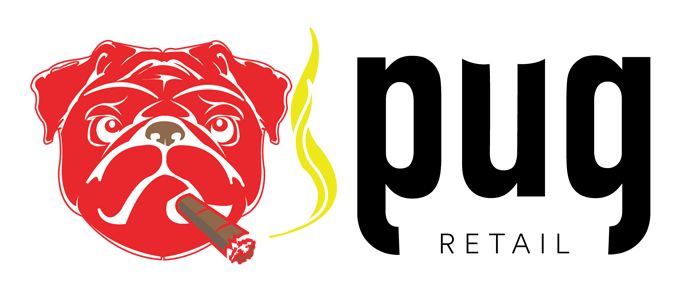P.U.G. FEATURES… and TRICKS
P.U.G. Retail was built with retailers like you in mind: businesses that manage hands-on inventory, serve local communities, and need a system that’s powerful, intuitive, and easy to train on. Whether you’re tracking appointments or managing multiple product styles and sizes, P.U.G. adapts to your workflow, not the other way around.
If you’re a single-location retailer or a small team with complex inventory, P.U.G. gives you enterprise-level tools — without enterprise-level headaches. Here’s a partial list of some key features.
Dual Pricing (Cash / Credit)
-
What it is: The system automatically supports two-tier pricing, allowing retailers to set a “cash discount” price versus a standard “credit/debit card” price.
-
How it works: At checkout, the POS identifies the payment type and applies the correct price automatically, ensuring compliance with cash discounting and surcharging rules.
-
Why it matters:
-
Encourages customers to pay cash, reducing processing fees.
-
Keeps the process consistent and transparent for staff.
-
Provides compliance with credit card network rules.
-
Style Import
-
What it is: A streamlined way to onboard new products into the system by importing “styles” (product families with multiple variations like size, color, or material).
-
New enhancement: Now supports double-level size scales (e.g., waist x inseam for jeans, or width x length for shoes).
-
Why it matters:
-
Saves hours of manual data entry when adding seasonal collections or vendor catalogs.
-
Reduces errors and keeps the database standardized.
-
Makes it easier to manage inventory at a more granular level.
-
PO Import (Phase 1)
-
What it is: The first phase of a new Purchase Order Import Tool that lets buyers upload vendor-provided PO or product spreadsheets directly into the POS.
-
How it works: Instead of manually creating POs line-by-line, staff can import a vendor’s file (CSV, XLSX, etc.), which populates the order with items, quantities, and costs.
-
Why it matters:
-
Drastically shortens purchasing workflows.
-
Reduces human error in data entry.
-
Helps ensure order accuracy and faster receiving processes.
-
Standard / Alternative Receipt Printing
-
What it is: Gives cashiers the option to select between two receipt formats at checkout.
-
Examples:
-
Standard receipt: Traditional full-detail receipt with line items, tax, payment type, etc.
-
Alternative receipt: Could be a simplified or branded version (e.g., shorter, logo-focused, gift receipt).
-
-
Why it matters:
-
Improves customer experience by giving options for gift purchases, eco-friendly shorter receipts, or marketing-focused layouts.
-
Retailers can customize designs to suit their brand.
-
